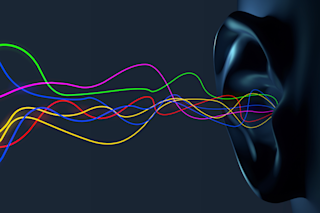I frequently toss and turn at night. If a breeze whispers through the curtains, I’m up; if a car backfires, I’m wide awake. And, apparently, I’m not alone.
According to a 2022 survey conducted by Gallup and the mattress retailer Casper, a third of U.S. adults reported their sleep the previous night as either fair or poor — versus good, very good or excellent. This suggests that around 85 million of us, based on 2020 Census data, aren’t getting enough shuteye.
Across the internet, noise apps and machines are touted as the answer to this sleep deprivation — and also to a host of other health issues ranging from tinnitus to attention deficit hyperactivity disorder (ADHD). Read on to learn whether white, pink or brown noises are worth the hype.
Despite how frequently their benefits are touted, there’s not a lot of actual research on how noise colors impact things ...














